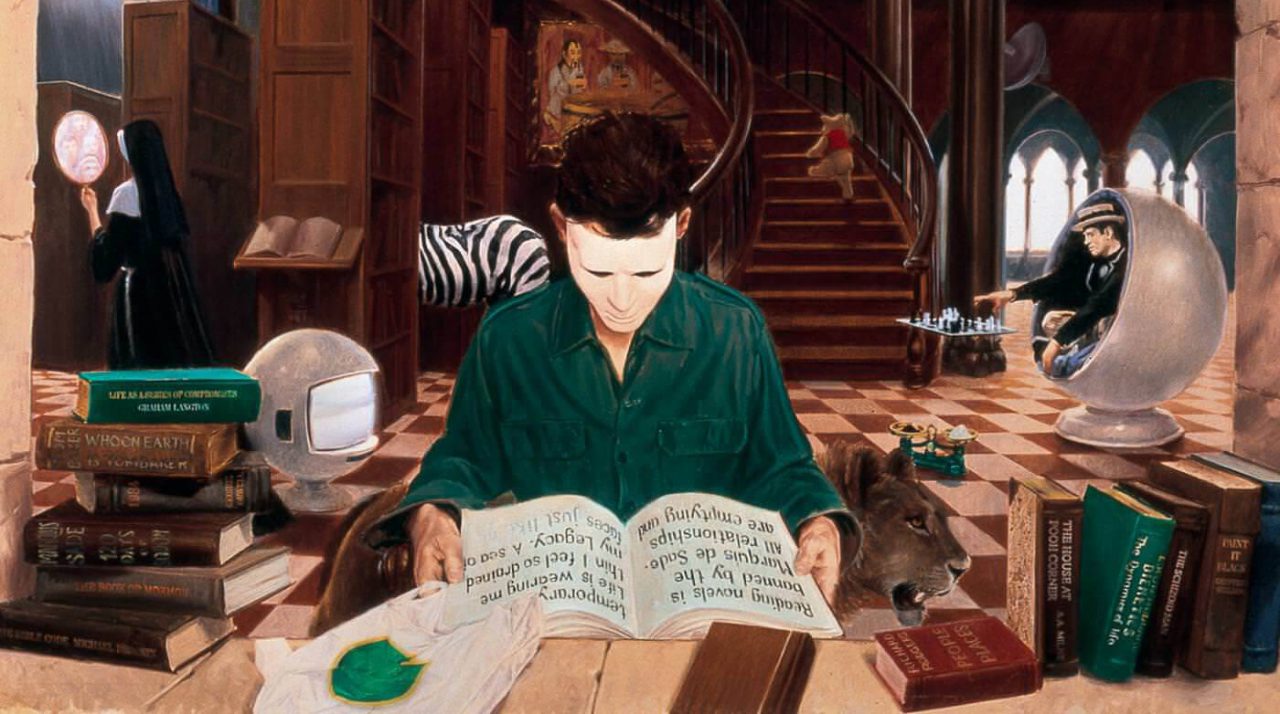As of the time of writing, the Remnant – a QAnon-inspired cult around Michael Protzman, AKA Negative 48, who have congregated in Dallas to await the return of JFK and JFK Jr., who they believe secretly rule the United States as the hidden President and Vice President. Protzman’s ability to rapidly rise to the status of conspiracy theory heresiarch is in part testimony to the power of the Internet to amplify a distinctive enough voice, coupled with an era of proliferating misinformation.
That said, people have been quick to latch onto hard-to-credit nonsense since before the Internet age. Such is the case with Raëlianism; it took one book and a few controversial media appearances in 1974 for Raël – former name Claude Vorilhon – to rapidly develop the nucleus of his brand-new UFO religion. Despite the fact that contactee narratives were well-known and well-debunked by this point in time, and despite the fact that Raël’s ancient aliens schtick wasn’t exactly all that original, clearly his ideas resonated in some people.
Raëlians are quite keen to get their message into people’s hands; for years various cheap editions of their central scriptures have been churned out, and more recently they’ve made Raël’s bibliography available for free via their website. (Devout Raëlians are supposed to annually tribute a portion of their income to the Raëlian Foundation, so book sales are not that exciting in comparison.) The three major books which form the core of Raëlianism are The Book Which Tells the Truth, Extra-Terrestrials Took Me To Their Planet, and Let’s Welcome the Extra-Terrestrials. These have been widely translated, re-translated, and compiled in various formats, the most recent omnibus (and the version freely available in PDF) being Intelligent Design: Message From the Designers, which puts all three between two covers. (For the impatient, there’s the manga adaptation which sums Raël’s main claims up in some 40-ish pages.)

Raëlianism has been fairly quiet recently; the movement got some attention when they claimed that their Clonaid division had produced human clones, and they sometimes crop up agitating for various pet causes, like opposing female genital mutilation, advocating for the right of women to go topless, promoting sex education (on which more later), and trying to persuade the world that the swastika isn’t that bad of a symbol. (The movement’s symbol is an alarming mashup of the swastika and the Star of David; for a while they changed it so the swastika was a spiral, but they seem to have decided that nobody was fooled by that and have gone back to the original design.) Their biggest ambition is to construct an embassy for the aliens in Israel.
Between this willingness to insert themselves into controversial subject matter and the whole “hierarchical religious organisation whose leader makes grandiose claims about himself and talks about how cool sexuality is to an uncomfortable extent and has his members tithe to him” deal, it feels inevitable that some sort of massive controversy related to the Raëlians will break sooner or later. So let’s read their central alien-inspired scripture so when it happens, we’ll have a handle on what the deal is. If nothing else, these books show us that we shouldn’t be surprised if people will go to Dallas to witness the resurrection of JFK on the word of some weirdo on Telegram: if you get a message out to enough people, you will find true believers, even if your message is risible on the face of it.
Continue reading “Raël Against the World”





